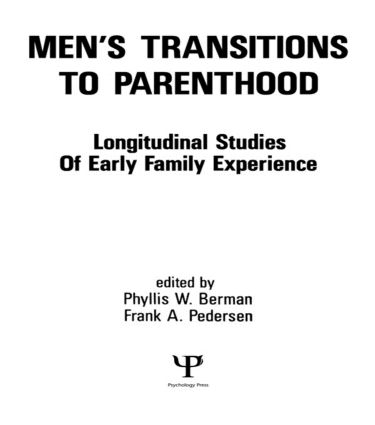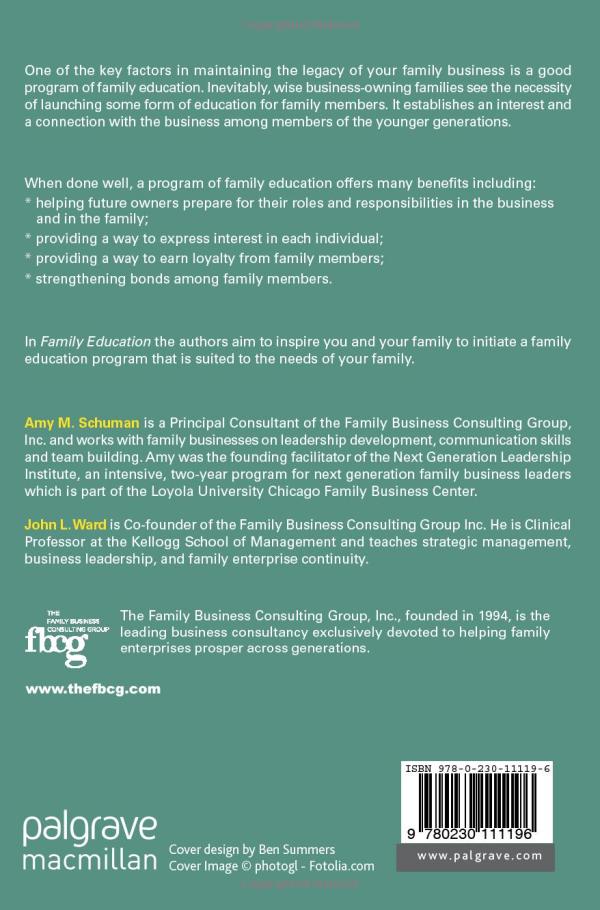Understanding the Loan Agreement Between Family: A Comprehensive Guide to Family Lending
#### Loan Agreement Between FamilyA loan agreement between family members can be a practical solution when financial assistance is needed. However, it is cr……
#### Loan Agreement Between Family
A loan agreement between family members can be a practical solution when financial assistance is needed. However, it is crucial to approach this sensitive topic with care to avoid misunderstandings and potential conflicts. This article will explore the essential elements of a loan agreement between family, its advantages, potential pitfalls, and best practices to ensure a smooth lending process.
#### What is a Loan Agreement?
A loan agreement is a formal document that outlines the terms and conditions of a loan between a lender and a borrower. In the context of family lending, this agreement serves to clarify the expectations of both parties, including the loan amount, interest rate (if applicable), repayment schedule, and any other pertinent details. By having a written agreement, family members can protect their interests and maintain healthy relationships.
#### Advantages of a Loan Agreement Between Family
1. **Clarity and Transparency**: Having a written document helps to ensure that both parties understand the terms of the loan. This clarity can prevent misunderstandings and disputes down the line.
2. **Formalization of Terms**: A loan agreement can formalize the relationship between the lender and borrower, making it clear that the transaction is serious and binding.
3. **Protection for Both Parties**: The agreement serves as a legal document that can protect both the lender's investment and the borrower's obligations.
4. **Flexibility**: Family members may be more flexible with repayment terms than traditional lenders, allowing for customized arrangements that suit both parties' needs.

#### Key Components of a Loan Agreement Between Family
1. **Loan Amount**: Clearly state the amount being loaned.
2. **Interest Rate**: Specify if there will be an interest rate applied. If so, it should be competitive with market rates to avoid tax implications.
3. **Repayment Schedule**: Outline how and when the borrower will repay the loan, including the frequency of payments (monthly, quarterly, etc.) and the total duration of the loan.
4. **Default Terms**: Include what happens if the borrower fails to repay the loan as agreed, such as late fees or a revised repayment plan.
5. **Signatures**: Both parties should sign and date the agreement to make it legally binding.
#### Potential Pitfalls of Family Loans

While lending money to family can be beneficial, it also has its risks. Emotional ties can complicate financial transactions, leading to strained relationships if things go wrong. Here are some common pitfalls to be aware of:
1. **Lack of Formality**: Many family loans are informal, which can lead to misunderstandings. A written agreement helps mitigate this risk.
2. **Expectations vs. Reality**: Family members may have different expectations regarding repayment. Clear communication is essential.
3. **Tax Implications**: Depending on the amount lent and the interest rate, there may be tax consequences for both parties. Consulting a tax professional can help navigate these complexities.
#### Best Practices for a Successful Loan Agreement Between Family
1. **Open Communication**: Discuss the loan openly and honestly, addressing any concerns or questions from both sides.
2. **Document Everything**: Keep a record of all communications and transactions related to the loan.

3. **Be Realistic**: Ensure that the borrower can realistically repay the loan without compromising their financial stability.
4. **Consult Professionals**: If necessary, seek advice from financial advisors or legal professionals to ensure the agreement is fair and compliant with relevant laws.
5. **Maintain Boundaries**: Keep the financial relationship separate from personal relationships to avoid conflicts.
In conclusion, a loan agreement between family can be a beneficial arrangement when approached with care and transparency. By understanding the key components, advantages, potential pitfalls, and best practices, family members can navigate the lending process smoothly, ensuring that both financial and familial relationships remain intact.